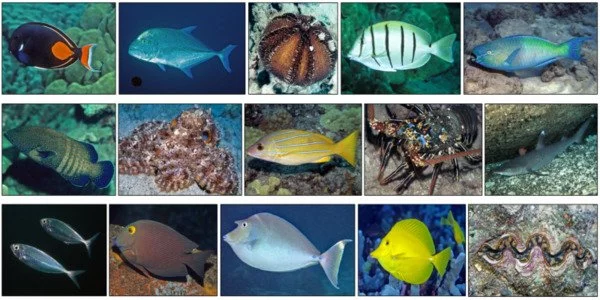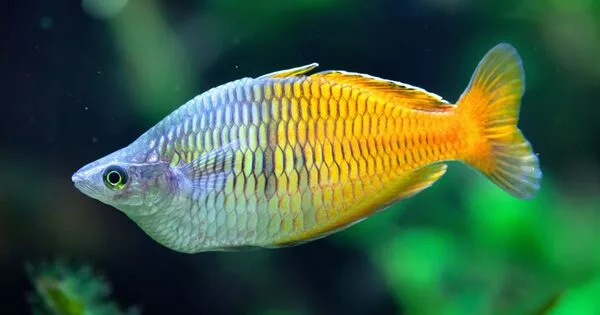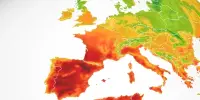Mixing between species can increase genetic diversity, which can help some populations adapt to changing environmental conditions. However, it is important to note that species mixing can also bring new diseases and parasites, which can reduce the overall resilience of a population. Additionally, the potential benefits of species mixing for increasing resilience to climate change will depend on the specific species involved and the magnitude and pace of climate change. Therefore, species mixing should be considered as just one of the many tools for increasing resilience to climate change, and not a silver bullet solution.
Natural hybridization can reduce the risk of extinction for species threatened by climate change, according to new research. Researchers in Australia have identified genes that allow Rainbowfish to adapt to climate variations by using environmental models to determine how much evolution will likely be required for populations to keep up with future climate change.
Genetic diversity is the raw material that allows populations to evolve in response to environmental changes; in general, the more diversity, the better. Rapid climate change is making it difficult for many species to evolve and adapt quickly enough to avoid extinction, particularly those that do not tolerate much environmental variation, such as those from cooler high-elevation habitats, which may lack genetic diversity critical for climate change adaptation.
Our findings are encouraging for biodiversity. They suggest that genetic mixing is an important conservation tool that can aid in the natural evolution of species threatened by climate change.
Professor Luciano Beheregaray
Hybridization, the process of combining different species, has the potential to assist the vulnerable in adopting and rapidly exploiting novel genetic diversity from species that are already adapted to warmer environments. However, hybrid populations have historically been thought to have little conservation value.
Natural hybridization can reduce the risk of extinction for species threatened by climate change, according to new research published in the journal Nature Climate Change. This idea is similar to how historical mixing between our forefathers and Neanderthals resulted in increased fitness in some modern human populations.
The team, including lead-author Dr. Chris Brauer, project coordinator Professor Luciano Beheregaray and other biologists travelled to the Wet Tropics region of northeastern Australia to collect samples of five species of tropical rainbowfish along an elevational gradient.

They generated genomic data from the samples and discovered several pure and hybrid rainbowfish populations. They also discovered genes that allow rainbowfish populations to adapt to climate variation across the region, and they used environmental models to calculate how much evolution will be required in the future for populations to keep up with climate change.
According to Dr. Brauer, populations of cool-adapted upland species that have hybridized with warm-adapted lowland species are less vulnerable to future climates. “These mixed populations have more diversity at genes we believe are important for climate adaptation and, as a result, are more likely to persist in warmer environments.”
The discovery that hybridization (genetic mixing) may aid in rapid adaptation to climate change has significant implications for many threatened species. According to MELFU Director and Flinders University Professor Luciano Beheregaray, this study highlights hybrid populations’ underappreciated conservation value.
“Our findings are encouraging for biodiversity. They suggest that genetic mixing is an important conservation tool that can aid in the natural evolution of species threatened by climate change.”
















